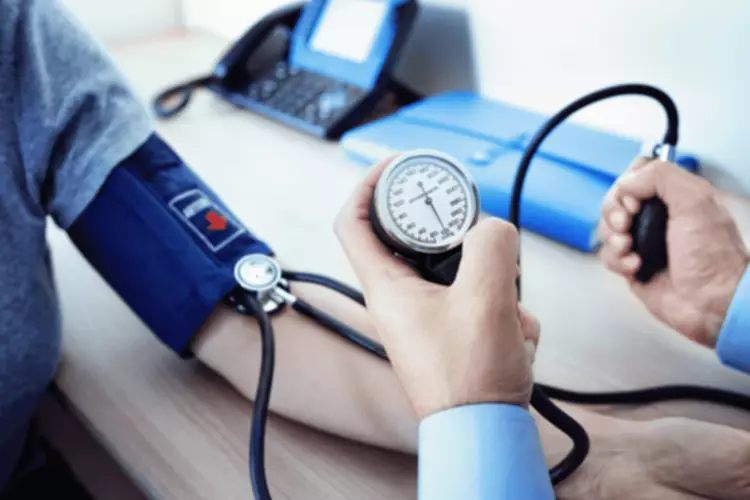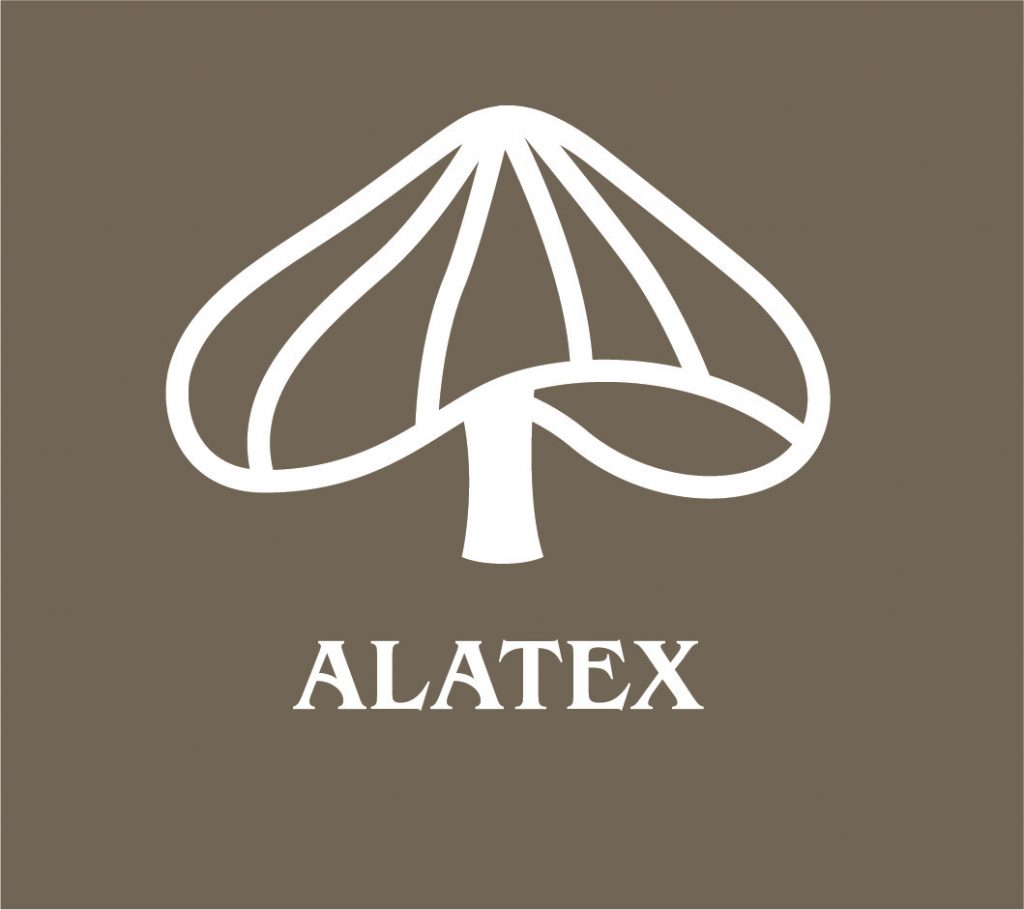Dopamine levels fall, and the euphoric buzz goes with it, but your brain is looking to regain the feeling caused by the increased level of dopamine. Eventually, you rely fully on alcohol to generate dopamine release, and without it, you experience withdrawal symptoms. It is noteworthy that the ACC and FIC––the prefrontal brain regions for which increased FC following P/T depletion mediated AB in this study––are major hubs of the salience network that is involved in conditioning and assigning incentive salience to drugs and drug-related cues [112].
Dopamine and Alcohol Dependence: From Bench to Clinic

The nigrostriatal system originates in the A9 cell group and extends to the dorsal striatum, which includes the caudate nucleus and putamen (CPU). The mesolimbic system originates primarily in the A10 cell group and extends to the ventral striatum, which includes the nucleus accumbens (NAc) and the olfactory tubercle (OT). The mesocortical system also originates primarily in the A10 cell group and affects various regions of the cerebral cortex. Based on the preclinical evidence of a reduction in alcohol consumption via blockade of dopamine D2 receptors, the potential of dopamine D2 antagonists as a pharmacotherapy for alcohol dependence has been investigated in clinical populations.
2. Atypical dopamine D2 receptor antagonists
We also found that dopamine D2/3 autoreceptor function was reduced in male, but not female, alcohol drinkers relative to control groups. Finally, we found that blockade of nicotinic acetylcholine receptors inhibited evoked dopamine release in nonhuman primates. Altogether, https://ecosoberhouse.com/ our findings demonstrate that long-term alcohol consumption can sex-dependently alter dopamine release, as well as its feedback control mechanisms in both DS subregions. Alcohol use disorder (AUD) is a complex and widespread disease with limited pharmacotherapies.

Striatal activation to monetary reward is associated with alcohol reward sensitivity
The effects of these alcohol-induced changes in dopamine release must be considered with other factors contributing to dopamine signaling (e.g., dopamine uptake/transporter activity). The µ-opioid receptor (MOR) binds β-endorphins and enkephalins which, in turn, increase dopamine release in the NAc [140]. [11C]Carfentanil is a PET tracer that can be used to define MOR receptor availability and is also sensitive to endogenous endorphin release. Endorphin release in the NAc and OFC was measured in light versus heavy drinkers through displacement of [11C]Carfentanil following acute alcohol consumption of an alcoholic drink.

Recent Advances in Drug Addiction Research and Clinical Applications
Interestingly, evidence suggests that dysregulation of the reward system in abstinent alcohol-dependent individuals can be ameliorated by pharmacological intervention. For example, naltrexone, a µ-opioid receptor antagonist, can attenuate the increased BOLD response to alcohol-related cues in the putamen and reduce risk of relapse [101]. Mann and his colleagues conducted a clinical trial to investigate the effectiveness of nalmefene in reducing alcohol consumption.
4. Other Neurochemical Systems
This study showed that microinjection of either quinpirole or quinelorane, into the anterior part of the VTA dose‐dependently decreased alcohol, but not sucrose, intake in alcohol‐preferring rats [142]. In support are the data showing that local administration of cabergoline into the VTA reduced alcohol‐seeking behaviour in rats [170]. These data are contradictory to the findings showing that the dopamine D2 receptor antagonist into the anterior VTA did not alter alcohol intake in high‐alcohol‐preferring rats [142]. Therefore, mechanisms regulating alcohol reinforcement might be different in selectively breed high alcohol‐consuming rats compared to outbreed rats, and this should be investigated in more detail. It should also be mentioned that infusion of the dopamine D1‐like agonist SKF into NAc had no effect on alcohol self‐administration in rats [141].
- When discussing the consequences of alcohol’s actions on the brain, researchers frequently use terms such as motivation, reinforcement, incentives, and reward.
- This chapter briefly reviews aspects of these with a particular focus on recent brain imaging results.
- The DS response in the heavy drinkers suggests the initiation of a shift from experimental to compulsive alcohol use during which a shift in neural processing is thought to occur from VS to DS control [103].
- Determining the mechanisms by which these factors modulate the receptor’s sensitivity to alcohol is a major focus of research.
- Even single-episode (i.e., acute) alcohol exposure alters various aspects of serotonin’s synaptic functions.
Break the cycle of addiction with these strategies to keep dopamine in check : Life Kit – NPR
Break the cycle of addiction with these strategies to keep dopamine in check : Life Kit.
Posted: Mon, 04 Apr 2022 07:00:00 GMT [source]
Serotonin (5-HT) can bind to receptors that activate proteins within the cell called G proteins. Activation of these proteins, in turn, affects ion channels in the cell membrane and induces the formation of signaling molecules (i.e., second-messenger molecules). Second messengers also can act on ion alcohol and dopamine channels or travel to the nucleus to alter gene expression. Other serotonin-activated receptors (i.e., the 5-HT3 receptors) double as ion channels. As we continue a pattern of habitual drinking, the brain gets used to the new normal of getting its dopamine externally — and having too much of it.
- These data are contradictory to the findings showing that the dopamine D2 receptor antagonist into the anterior VTA did not alter alcohol intake in high‐alcohol‐preferring rats [142].
- The comparison of alcohol’s effects with the effects of conventional reinforcers, such as food, however, provides some clues to dopamine’s role in mediating alcohol reinforcement.
- In a retrospective study of 151 schizophrenic patients with alcohol dependence, 36 patients received the atypical antipsychotic medication clozapine.
- The US Centers for Disease Control estimated the annual average deaths attributable to excessive alcohol use to be more than 140,000 and the economic cost of AUD to be $249 billion.
